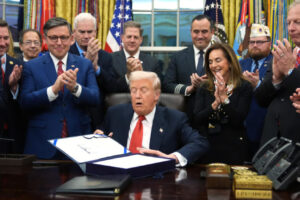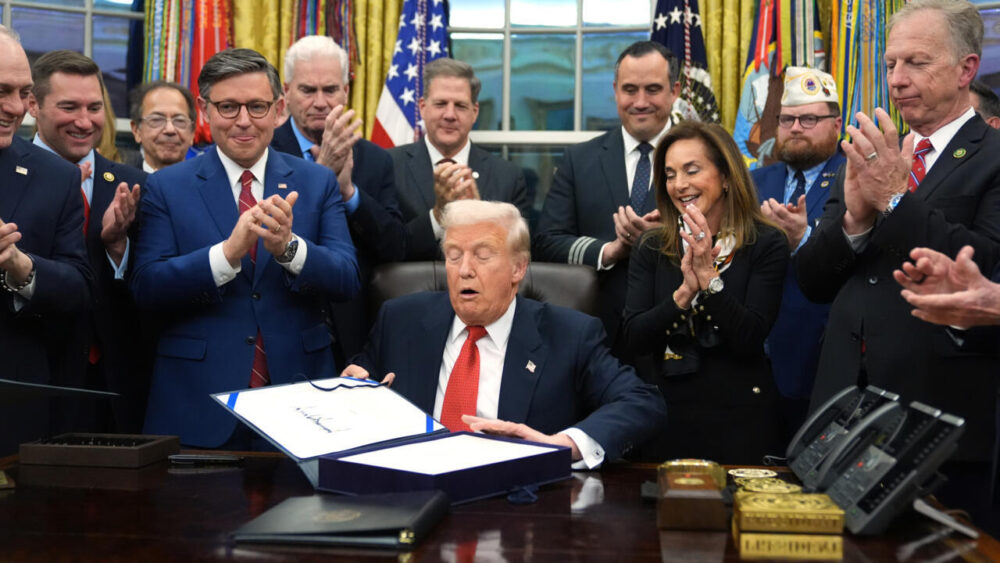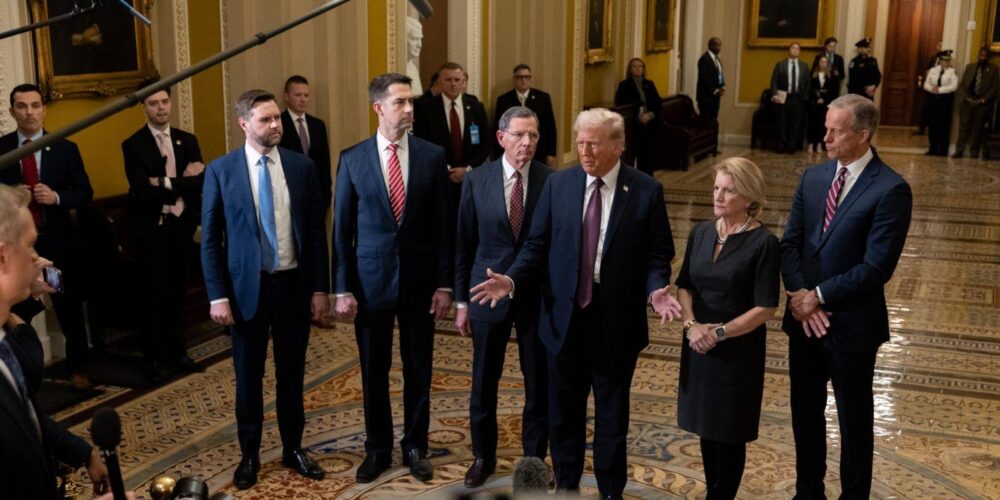President Donald Trump signed a landmark government funding bill on November 12, 2025, officially ending the longest government shutdown in US history, which had extended over 43 days. This political standoff left nearly 900,000 federal employees furloughed and forced an additional two million workers to operate without pay. The disruption sent ripples throughout the country, impacting everything from air travel to food assistance and social services. Food banks reported longer lines, and key programs struggled to provide vital resources as agencies either reduced operations or were completely suspended.
A Deep Partisan Divide
The shutdown emerged when Congress was unable to pass appropriations legislation for the 2026 fiscal year, which began October 1, 2025. Members of the Senate and House struggled to reach consensus as disputes persisted over extending enhanced Affordable Care Act subsidies – a crucial benefit lowering health care premiums for millions of Americans. Democrats refused to support any short-term spending measure unless these subsidies were protected, while Republicans held firm, arguing that health care funding belonged to a separate policy debate. Speaker of the House Mike Johnson publicly accused Democrats of using the American people as leverage in a high-stakes political game, intensifying partisan tensions surrounding the crisis.
Legislative Journey to a Resolution
Continuous discussions filled the halls of Congress, with lawmakers fiercely debating funding measures. The impasse was broken after eight senators crossed party lines to reach a compromise. This bipartisan deal paved the way for the passage of the funding bill first in the Senate, then in the House of Representatives with a 222-209 vote margin. It was subsequently signed into law by President Trump in the Oval Office, marking the restoration of government operations.
Major Provisions of the Funding Bill
The resolution included critical actions designed to lessen the damage caused by the shutdown. The bill rescinded the Trump administration’s firing of federal employees during the shutdown and guaranteed back pay as operations resumed. Protection against future layoffs was established through January, ensuring stability for federal workers and contractors. Key food assistance and agricultural programs received renewed funding, promising uninterrupted support for families reliant on these benefits until the end of the budget year.
Security also received attention, with $203.5 million allocated for lawmaker protection and an additional $28 million for Supreme Court justices’ safety. Notably, a controversial provision was added allowing senators to pursue damages up to $500,000 if government investigators accessed electronic records without notification. This drew bipartisan criticism, including from Speaker Johnson, who voiced anger that such language was included at the last minute.
Health Care Subsidy Debate Unresolved
The bitter legislative stalemate centered on the fate of the expiring enhanced tax credits. Without congressional action, premiums for Affordable Care Act marketplace plans were expected to double and over two million Americans faced potential loss of health coverage. Republicans insisted that pandemic-era enhancements should not continue, pointing to the expiration date that had been set when the subsidies were enacted. Democrats, however, pledged to keep fighting for the extension, vowing that the debate was “just getting started.” While the bill’s passage brought relief, it did not resolve the dispute over health care subsidies, with a further Senate vote promised by mid-December but no guarantee of success.
Immediate Aftermath and Political Repercussions
Lawmakers expressed frustration over how the shutdown was handled and the hardship it inflicted upon federal employees and everyday Americans. The interruption amplified divisions in Washington, highlighting the challenges of governing amid deep ideological rifts. President Trump used the occasion to emphasize Republican priorities and urged voters not to forget the episode in forthcoming elections. Meanwhile, Democratic leaders like Hakeem Jeffries and Nancy Pelosi renewed their commitment to expanding health care access, focusing on the affordability crisis that arose as premiums soared.
Ongoing Uncertainty
Despite the shutdown’s end, uncertainty lingers as Congress prepares for future budget battles and health care negotiations. The compromise measure funds most government operations through January 30, 2026, but lasting solutions remain elusive. The events of the past 43 days stand as a stark reminder of Washington’s ongoing challenges in balancing legislative priorities, political interests, and the wellbeing of millions of Americans.










